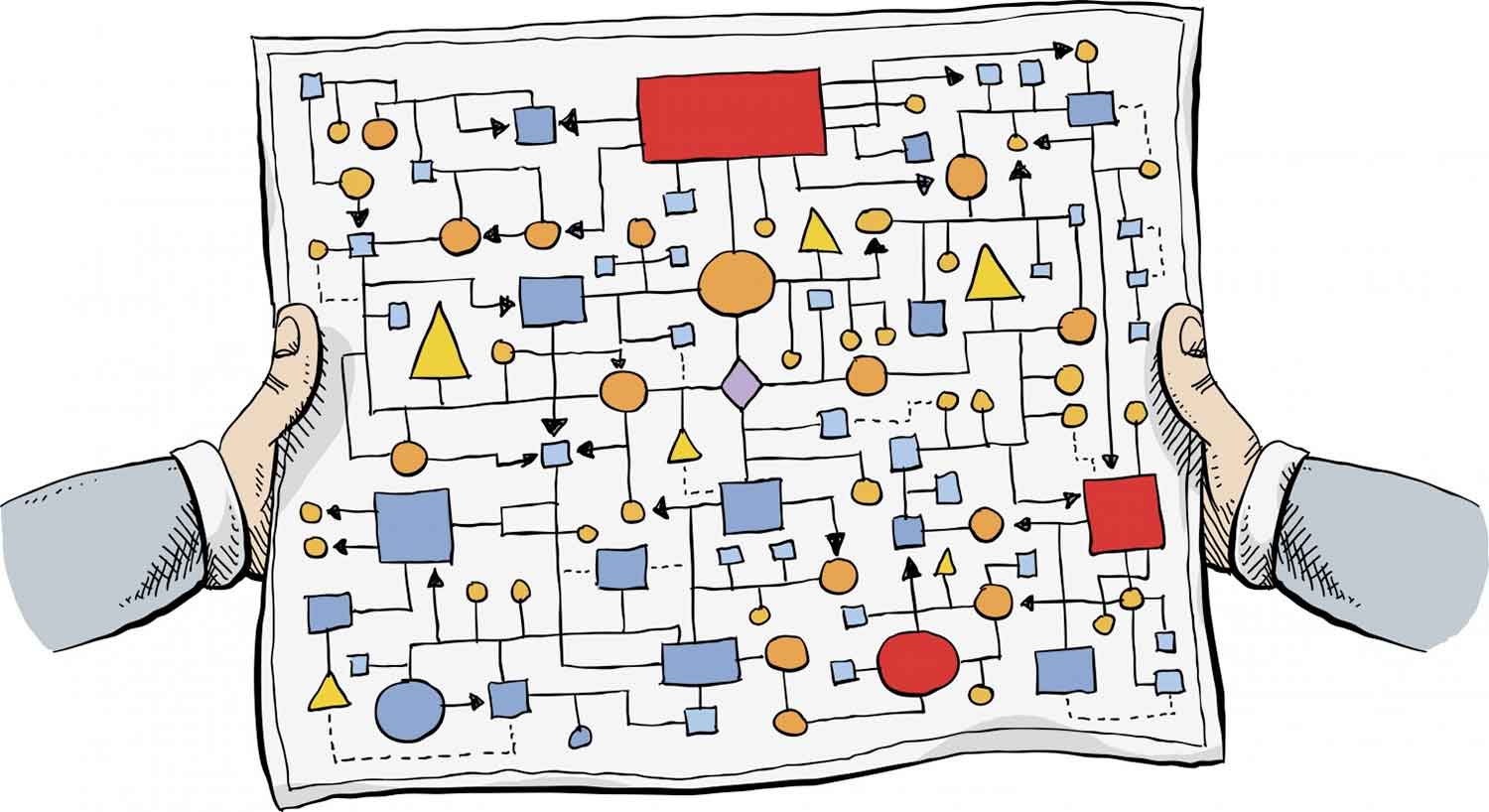Ask Andi: We need more efficient estimating. Potential customers do their homework on what things cost. Once they get our estimate, they use it to price shop competitors. How do we close more on-the-spot sales and reduce the chances prospects will make a purchase elsewhere?
Thoughts of the Day: Efficient estimating can improve profits by preparing bids more accurately and quickly. Qualify prospects for needs and timing. Create a system to quote on the spot. Tell prospects what to expect from you next, and build trust by doing exactly that. Ask for commitment before saying goodbye.
Get more efficient with estimating
Want to increase sales by nearly 10%? Build data systems for salespeople to gather and share information. Systematize basic sales skills. Create a set of routine questions that every salesperson asks right off the bat, in order to get to know what a prospect needs. Build a questionnaire that salespeople fill out, that matches how information gets fed into proposals.
Have a spreadsheet that tracks prospects, including introduction, information gathering, proposal submission, follow-up, and final decision. Note which competitors your salespeople run into, and who on your sales team is involved in each sales opportunity. Analyze what’s going on. Which competitors to watch out for? Why? Which salesperson is doing an excellent job at each sales stage? What can you teach your salespeople, so they can replicate best practices?
Upfront, define the scope of prospects’ needs. Try explaining it this way. “Some people need very complex solutions and will pay hundreds of thousands of dollars. Other people want something simple and have a very limited budget. I don’t want to waste your time or mine. Give me a ballpark that you think you can live within, so I can create options that fit within your budget.”
Review the pattern and complexity of your company’s sales. Look for the things that come up regularly. Make policies – which kinds of clients get what levels of discounts, and who in the company has to approve them.
Work out standard quote language, with blanks that can be filled in. Build templates on the computer that the salesperson can pull up and quickly complete while the customer is still in front of them. If it’s necessary to get management approval before extending a quote, make sure there’s always a manager on call.
Efficient estimation is the basis for good pricing
Customers want to have a relationship with the person who is selling to them. That doesn’t mean knowing everything about a prospect’s family history. It does include being knowledgeable about the buyer’s needs and invested in helping that buyer to be more successful. Record notes in a database for access throughout the sales process.
Establish business relationships. Tell prospects what to expect. Refer prospects to satisfied customers who can vouch for how the salesperson helped them, as well as vouch for the product or service. Make sure prospects know how to reach a salesperson. Return all calls by the end of the day, even if it means sending an email or leaving a voicemail.
Seek commitment. It’s fair to ask where a prospect is in the decision-making cycle, and what would cause them to take action on a proposal. It’s also fair to point out that, as a salesperson, one gets paid by educating customers and helping them to find the right solution. And that the job isn’t complete until the customer has made a purchase with which he/she is satisfied. Ask the prospect what else has to be done to complete the job.
Looking for a good book?
How to Get Your Point Across in 30 Seconds or Less, by Milo O. Frank.



